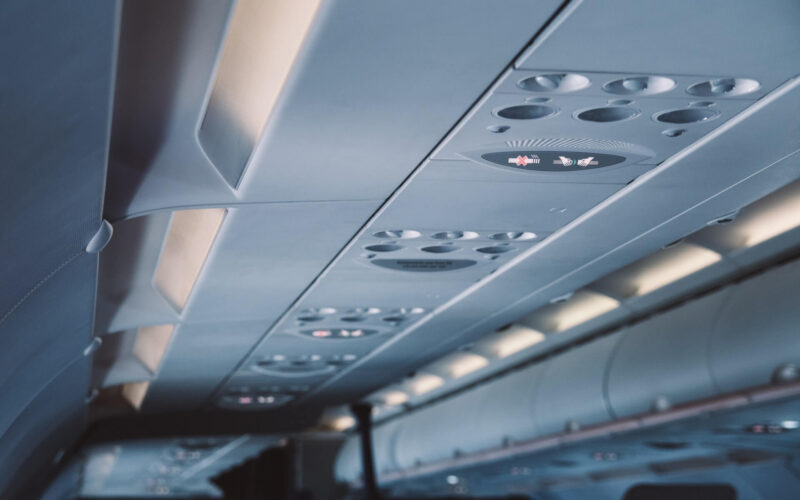Back in February 2020, when COVID-19 was still a problem for only several countries, the airline industry looked very different from now. What has changed and where is the market headed?
In March and April 2020, when cases of COVID-19 peaked, airlines had to cancel hundreds of flights every day, ground fleets, and try to postpone aircraft deliveries. These rapid changes have altered entrenched techniques of how flights are performed and the way certain services are provided.
Paid rebooking had been a regular practice among budget carriers like Ryanair, Wizzair, easyJet, airBaltic, and many others when the challenges brought by COVID-19 forced market players to eliminate change fees. While this feature may not stay around after the pandemic is over, some airlines like American Airlines (A1G) (AAL) and Delta Air Lines, have already added this amenity on a permanent basis as a way to appeal to passengers who value flexibility.
One particular side effect of the pandemic is standing in the way of smaller, more efficient airlines. If 80% passenger load factor was enough to be profitable in 2019, in the post-COVID reality this rate may not be sufficient. In the long run, it may result in reducing the number of flight frequencies, eventually cutting the number of travel options to choose from. On the plus side, airlines can increase their efficiency, save costs, minimize the impact on the climate and become even more competitive.
Additional COVID-19 prevention measures come at a cost. The standard procedure of preparing an Airbus A320 for a flight can be up to one hour longer, considering cabins need to be disinfected, and social distancing has to been enforced among passengers during boarding. The increase in idle time is a potential financial threat for airlines which may force them to adjust ticket prices in order to recoup lost money. Coupled with an increase in efficiency, the added safety may balance out and leave passengers with pre-COVID prices.
Even though the current market condition shows positive changes for passengers and airlines, certain factors indicate that the airline industry may be forced to overcome several new challenges. With some experts predicting recovery to happen as late as 2024, there is still a lot of time for the industry to adapt and implement new technologies to revolutionize the way we travel.
If you would like to hear more ideas about the airline industry, register for the upcoming online conference Digital Week that will take place on September 14-17th, 2020.

